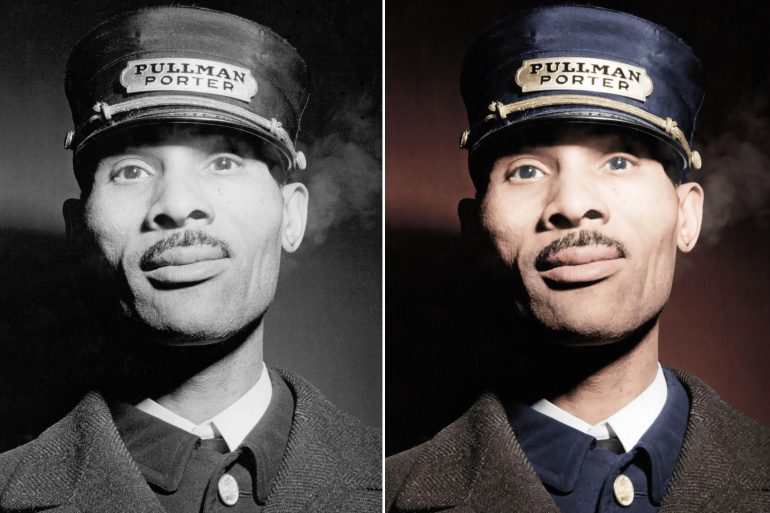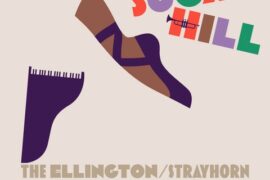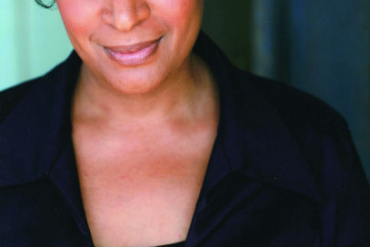Here’s comes an ambitious new Smithsonian Channel series offering a stunning, fresh look at American history.
Incorporating a wealth of rare footage and stills, some of which has not been seen for nearly a century, America In Color depicts a decisive period in our nation’s history that most of us have only witnessed in black-and-white images.
Using artistry, digital and the latest cutting-edge colorization technology to make visuals crisp and vibrant, Smithsonian Channel depicts the 1920s through the 1960s as few have seen those five formative decades – including unseen or never broadcast clips of the following significant race-related and civil rights events from the era:
• The Greenwood, Oklahoma “Black Wall Street” racial massacre in 1921 (one of the bloodiest in American history);
• Dr. Martin Luther King giving a speech at Stanford University criticizing the Vietnam War;
• The Birmingham, Alabama protests in 1963;
• Emmett Till’s trial;
• The Freedom Riders;
• The March on Washington.
The filmmakers behind America In Color spent almost 6,000 hours scouring obscure archives, dusting off forgotten family vaults, and tracking down private collectors to find the 27 miles of film they needed. All together, more than 65 sources for materials were used.
“History was not lived in black-and-white. It was lived in color.”
The five-part series premieres Sunday, July 2 at 7 p.m. and repeats at 10 p.m. Each Sunday, a new decade will be profiled.
From Prohibition and the Jazz Age to the moon landing and the birth of rock and roll, many of the greatest, most significant events of the 20th century will be shown.
The expansive series takes viewers on a visually stunning journey through American history – including fascinating footage of illegal drinking in speakeasies during the 1920s; rare home movies of President Franklin D. Roosevelt during the Great Depression; scenes of the surprise attack on Pearl Harbor; Elvis Presley’s television debut on The Ed Sullivan Show; and the Richard Nixon-John F. Kennedy debate.
“History was not lived in black-and-white. It was lived in color,” says David Royle, Executive Vice President of Programming and Production for the Smithsonian Channel. “America In Color is a groundbreaking series that transforms a past that seemed gray and distant into a cinematic experience.
“We believe it is the most ambitious colorizing of factual images ever undertaken on American television, and it enables us to see America in a new light – through which iconic moments in 20th-century history become more compelling and tangible than ever.”
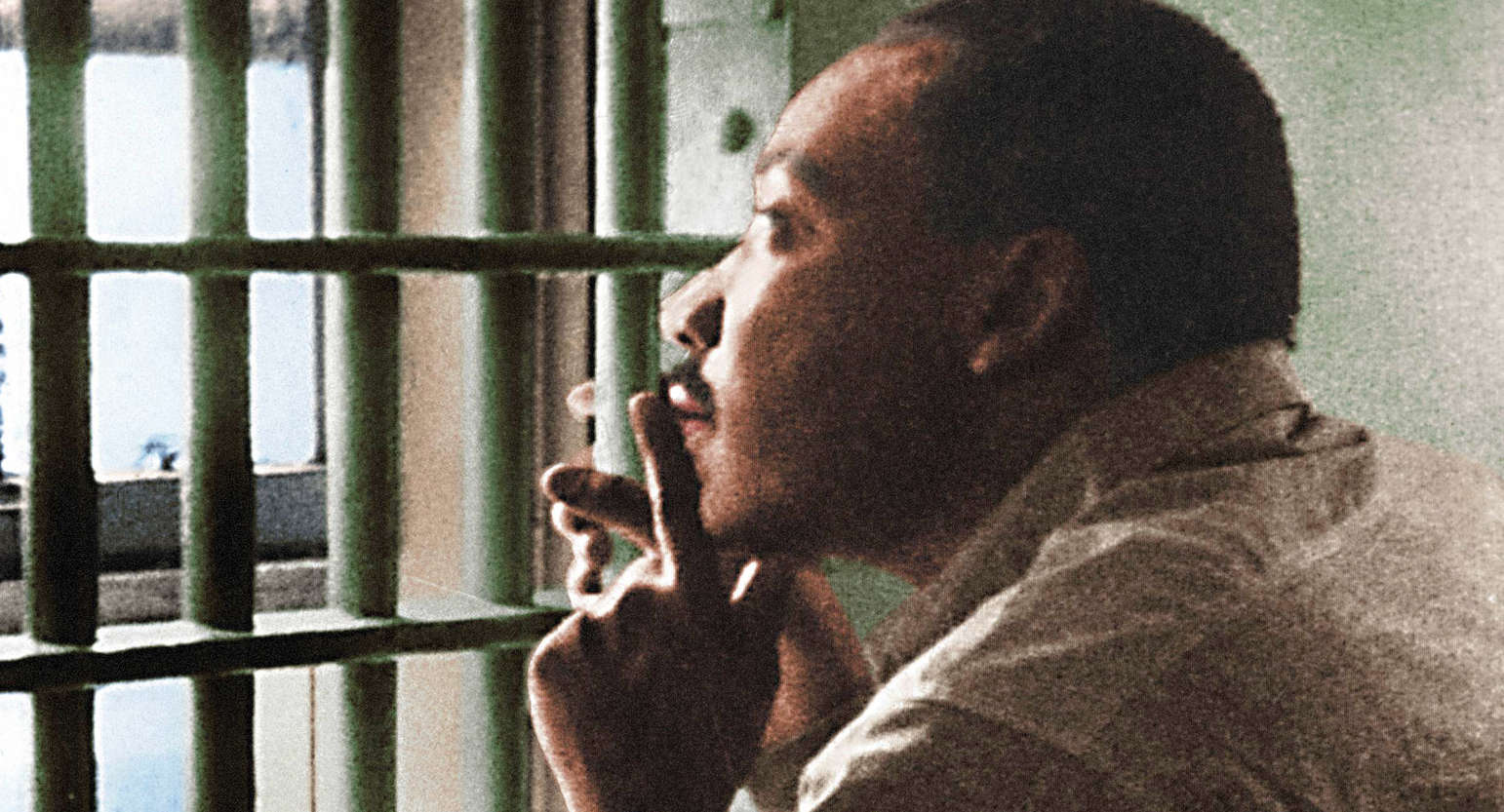
In Color Through The Decades
Sunday’s series premiere, America In Color: 1920s, tells the story of an America that undergoes its greatest period of change and unprecedented growth.
Extremely rare footage of the 1920 Wall Street bombing, the worst terrorist attack in U.S. history up to that time, and the Greenwood massacre are shown for the first time.
The filmmakers discovered footage of Henry Ford’s Model T, and the first successful solo cross-Atlantic airplane flight by Charles Lindbergh. Home movie footage captures illegal drinking in speakeasies and bootlegging, the unintended consequences of Prohibition.
The decade also sees women securing the right to vote; the birth of the “Flapper;” the resurgence of the KKK; the growth of radio; Babe Ruth and boxer Jack Dempsey; and the rise of signature skyscrapers like the Chrysler Building and the Empire State Building.
The first episode on the 1920s features:
• Extremely rare footage of the bloody racial massacre in Greenwood, the affluent African American suburb of Tulsa, Oklahoma. It was filmed by a Baptist pastor before the Tulsa Race Riots and was lost in a family attic for over 80 years before being rediscovered by a local historian in 2012 and bought by auction by the Yale Beinecke Library.
• Rare archival home movie footage of the Dempsey vs. Tunney boxing match, which has not been available to license until now.
• The story of the Wall Street Crash in 1929 told with footage from a high-quality New York Stock Exchange (NYSE) corporate film explaining the working of the Exchange – shot in early 35mm in 1924 and updated in 1927.
The NYSE archive had forgotten about the movie and only rediscovered it after a trip to the vault in response to the series producers’ inquiries. Thus this footage most likely has not been seen for nearly a century.
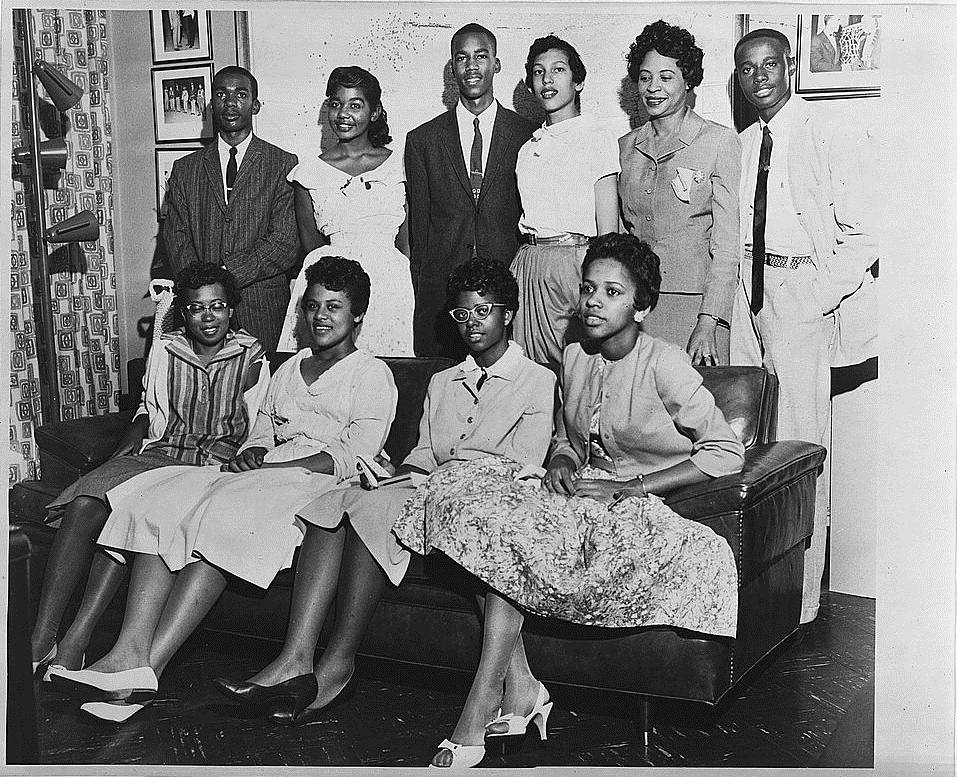
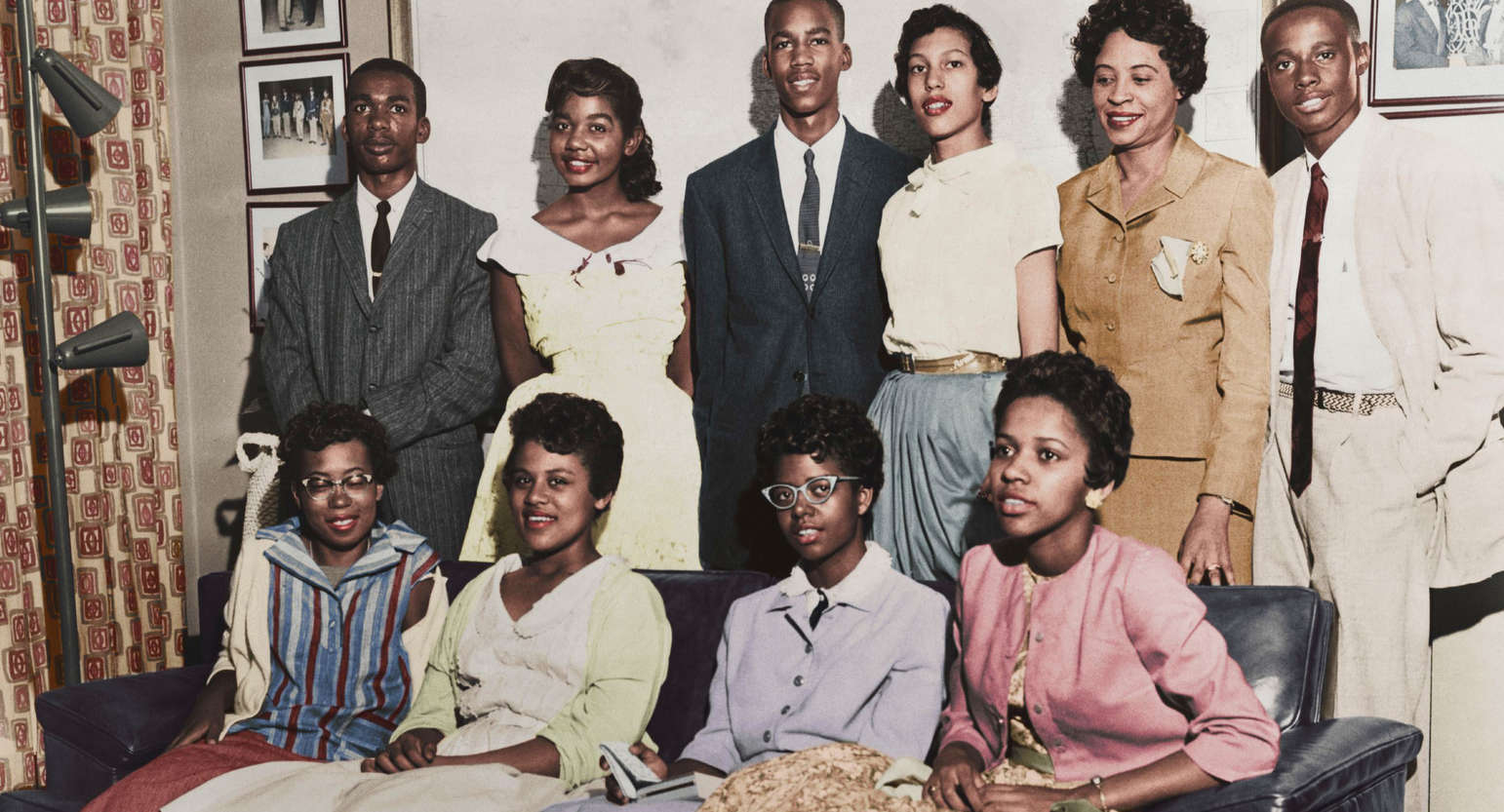
Subsequent episodes of America In Color take viewers through similarly important events in each decade from the 1930s to the 1960s.
Episode 4 – America in Color: 1950s, for instance, features:
• Very rare footage of the Emmett Till trial. This is a story that was well buried and finding the original footage required many sources to go digging in their vaults of reels that hadn’t been broadcast since the event. It was finally found through Fox Movietone News.
• Little Rock Nine – Another famous story, but which the producers found really hard to piece together on original film. They ended up tracking down the original photographs taken by the late journalist Will Count and contacted his wife through the archivist at Indiana University.
All that and much more is in store for viewers over the next five weeks of America In Color.

